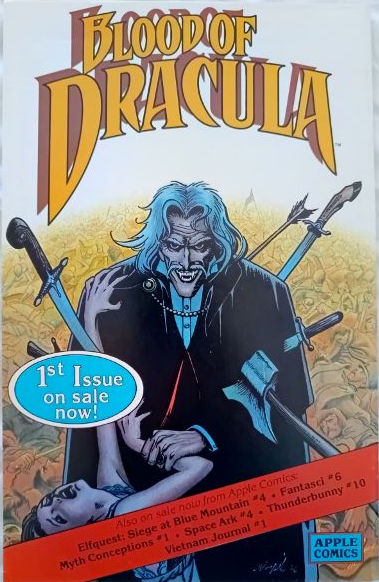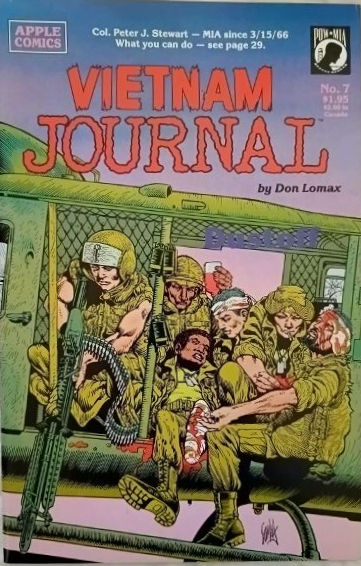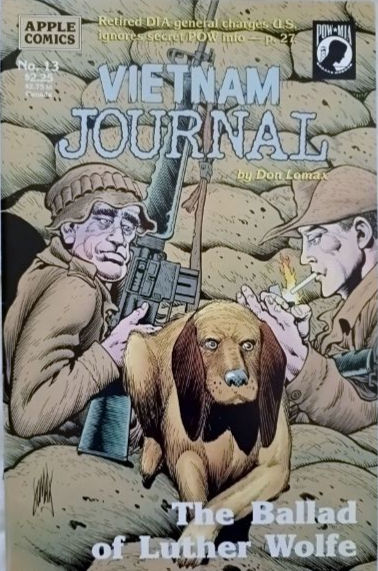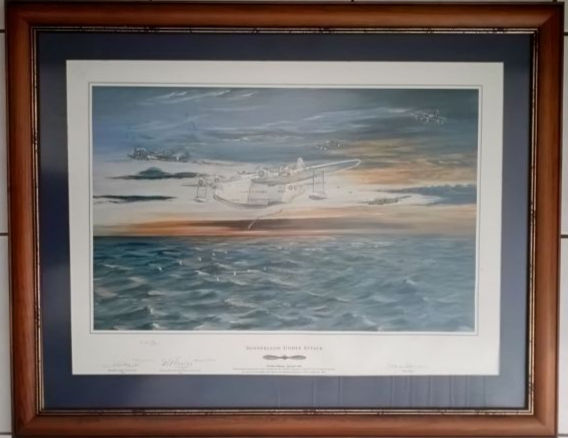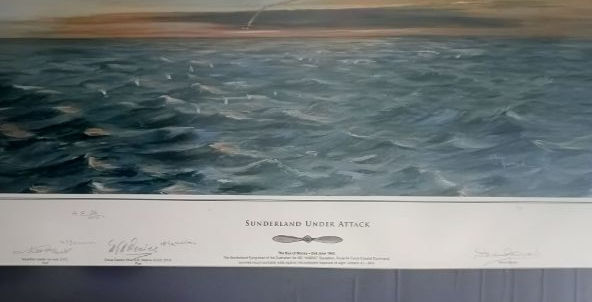Changes and Chances of a Soldier's Life (1925) By Edward S May
edward S. May came from a distinguished family, many members of which rose to eminence in their professions. The eldest son of the Right Hon. George May, Lord Chief Justice of Ireland, Edward Sinclair May was born on February 1, 1856, and was broght up in Dublin. His later education was received at Rugby and at the Royal Military Academy, where the prince Imperial was a fellow cadet.
May was gazetted lieutenant in the Royal Artillery in January, 1875, gained his captaincy at the end of 1883, and two years later returned to the Royal Military Academy as instructer in military topography. Later he added tactics, military law, and administration to his subjects and in 1891 was appointed ‘professor’ (chief instructor), obtaining his majority in that year. In 1895 he returned to soldiering to raise a new field battery.
He had already contributed many articles on tactics and military history to the Service journals, and published in book form “Achievements in Field Artillery”. This was followed by “Guns and Cavalry”(1896) and “field Artillery with the Other Arms” (1898). At this time, when very little was being written on tactics and training, his work received considerable attention and roused the keen interest of Sir Evelyn Wood.
At the Beginning of the South African war Major May was sent out with an ammunition column he had just formed and reached natal eith it in time to be present at the action of Lombard’s Kop. He was at Ladysmith during the siege and afterwards commanded the artillery of Hildyard’s 5th Division during the operations which cleared northern natal, including the capture of Botha’s Pass.
In 1900 he was promoted to Lieutenant-Colonel, and when he left South Africa early in the following year he had been created C.M.G. On his way home he wrote “A Retrospect of the South African War”.
He was now selected for a professorship at the Staff College, although he had never been there as a student, and in December, 1903, being promoted full Colonel, was appointed Assistant Adjutant-General for Military Education and Training at the War Office. He had previously published “Priciples and problems of Imperial Defence,” based on lectures delivered at Camberley and at the Royal Naval College, Greenwich.
From 1905 to 1907 he worked under the Haldane regime, and saw the creation of the Territorial Force.
He was made C.B. in 1906. On leaving the War Office in December 1907, he went to the irish Command as Assistant Quartermaster General, becoming Brigadier General, General Staff less than a year later. While in Ireland he published his “Introduction to Imperial Geography”.
His promotion to Major-General came on January 1, 1911. In the following April, at the termination of his Irish staff appointment, he went on half pay and continued so for two years.
Then he was sent out to India to command the Presidency Brigade in Calcutta. Later he succeeded to the command of the 8th Lucknow Division, retiring from the Service, when he reached the age limit, on August 18, 1918, having been created K.C.B.
Sir Edwards’s first wife, whom he married in 1883, was Evelyn, daughter of Mr Trehawke Kekewich, of Peamore, Devon. She died 10 years later and in 1895 he married Dorothea, daughter of General Sir William Stirling, K.C.B.
In India Sir Edward had been Chief Commissioner of Boy Scouts and after his retirement became County Commissioner for Devon. He was also a Fellow of the Royal Geographical Society and a Knight of the Order of St John of Jerusalem.
In 1925 he published his reminiscences under the title “Changes and Chances of a Soldiers Life’.
Sir Edward May died at Rockbeare Court, Devon, at the age of 80
- Hard Cover
- 328 pages
- In Good Condition


